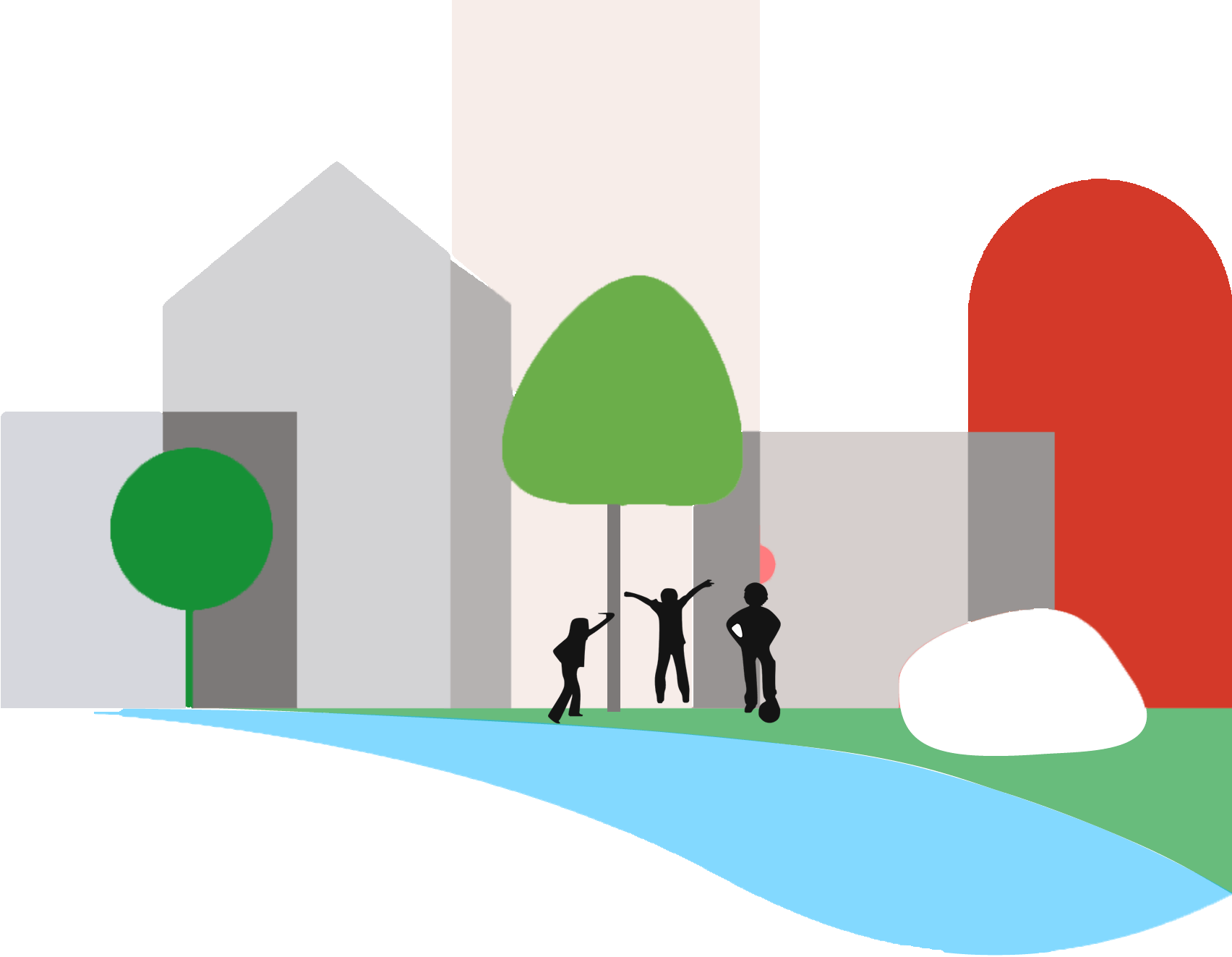
Clean air is an important aspect of health. Despite this, many Americans continue to breathe unhealthy air, and the burden is unevenly shared. There are some communities that are disproportionately affected by air pollution - more specifically certain communities of color and low-income communities. This unequal burden has led to calls for environmental justice, because while it is an issue of air quality, it is more importantly about health and the lives that people lead.
In recent news, organizations in Chicago are calling for environmental justice due to poor
air quality. These Chicago residents have found that the lowest quality air can be located on the South and West sides of the city. The communities within the city are demanding justice, feeling as though these impacted areas have had city policies contribute to these injustices. People who have grown up in these communities have come to call it the “toxic doughnut” due to very high concentrations of hazardous waste sites in the area (Coffey 2021). This has come to gravely affect the health of Chicago residents in the city.
People living with bad air quality can face a wide range of health issues. Poor air quality
causes respiratory and cardiovascular harm. This can cause children to have frequent asthma
attacks, as well as negatively impacting their developing bodies. Adults can have heart attacks, strokes, lung cancer, harm to their reproductive systems, premature births, and even early death.
Communities that have been hit hardest by the Covid-19 virus are Black and Hispanic peoples. This is no coincidence as it has been found that the effects of exposure to long term air pollution can make it more likely for people to die from the virus. This can also present an economic burden, causing these communities to face missed days of school and work. This puts additional stress on people's finances due to medical costs associated with hospitalizations and trips to the ER.
Historically, factories and powers plants have been built in areas with mostly low-income and minority populations, due to the little political power they have. These people are often overlooked during the planning process, as the South and West side Chicago residents have been. “Environmental Justice became incorporated into federal policy through an executive
order by President Bill Clinton in 1994” (Daniels 102). This incorporation would have federal
agencies consider the effects of their decisions on low-income and minority communities.
This does not, however, consider the already existing instances of environmental injustices. Cheryl Johnson, a resident of the Altgeld Gardens on the city’s South side, had explained to reporter Chris Coffey, that the housing complex she grew up in was established for African American veterans of World War II. “They knew it was dangerous to build residential houses on it, but they did it anyway,’ Johnson said.” (Coffey 2021). There is no environmental justice law to protect these residents from this pollution. Policies need to be in place to address the factors contributing to the disproportionate levels of exposure. There needs to be a clean up of all sources of air pollution in these communities.
On top of all of this, it is paramount that these policies address climate change, as this harms people's health in a variety of ways, especially worsening air quality.
Everyone should have the opportunity to live a full, happy, and healthy life. It is crucial to ensure clean air for everyone, not only in this nation, but globally. We should plan for a better future for everyone, reducing the toxic waste dumps, cleaning up the air, and letting people live in clean cities. People deserve to breath air that doesn’t make them sick.
Sources
https://www.nbcchicago.com/news/local/race-in-chicago-organizations-seek-environment
al-justice/2454575/
Environmental Planning Handbook, Thomas Daniels
Note: The blog was written as part of Rowan University Environmental and Sustainability Planning course, spring 2021.


コメント